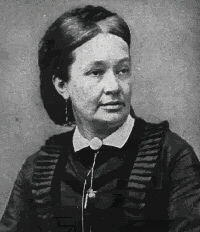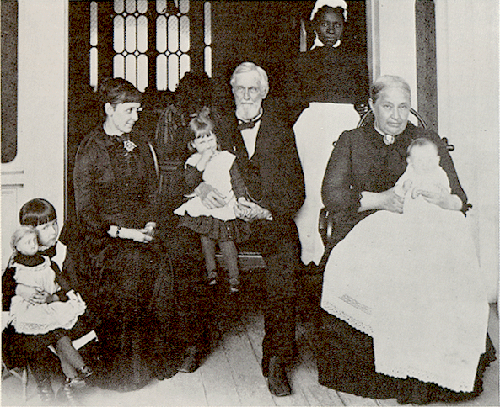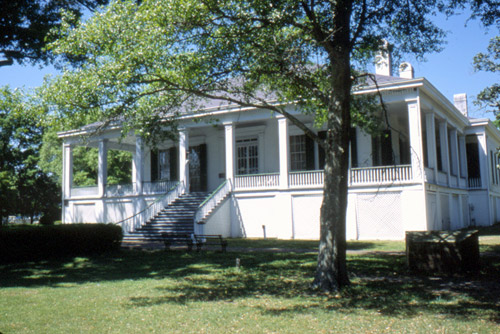Varina Howell Davis was born at her family plantation, the Briers, near Natchez, Miss., in 1826. As a plantation owner's daughter, Davis received her education from a private tutor and later attended finishing school.
She was 17 when she met Jefferson Davis while visiting the Hurricane, the plantation of his older brother, Joseph Emory Davis, an old family friend, but it was the first time she met any of his extended family.
Davis was taken with her beauty and intelligence, and by the time her visit ended two months later she and Davis were unofficially engaged.
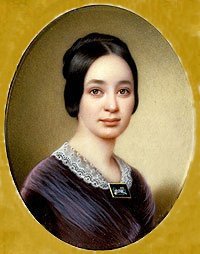 |

Varina Howell Davisís
emerald and diamond
engagement ring
|
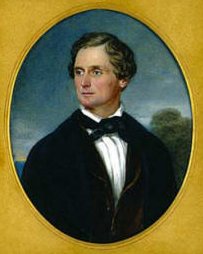 |
She wrote her mother soon after their meeting:
"I do not know whether this Mr. Jefferson Davis is young or old. He looks both at times; but I believe he is old, for from what I hear he is only two years younger than you are. He impresses me as a remarkable kind of man, but of uncertain temper, and has a way of taking for granted that everybody agrees with him when he expresses an opinion, which offends me; yet he is most agreeable and has a peculiarly sweet voice and a winning manner of asserting himself. The fact is, he is the kind of person I should expect to rescue one from a mad dog at any risk, but to insist upon a stoical indifference to the fright afterward."
Margaret Howell, her mother, objected to the engagement. She was not convinced that Davis, widowed and 18 years older than her daughter, was a good match for Varina. She thought he was too brooding, and feared that Varina would be second fiddle to his former wife. Eventually, however, she gave in and they were married on Feb. 26, 1845.
Jefferson Davis had intended to live the life of a planter, but within just a few months of the wedding, he was nominated for a seat in the U.S. House of Representatives.
Long interested in politics, Varina was ideally suited for the life of a politician's wife. Varina had grown up believing strongly in the Whig party. She gave up her Whig beliefs, however, for the Democratic views of her husband. As her husband rose in political ranks, she rose in the ranks of Washington society.
When Jefferson Davis resigned his seat in the Senate at the outbreak of the Civil War, Varina was depressed and sad to the leave the city that had become her home, having lived there for most of her adult life. |
|
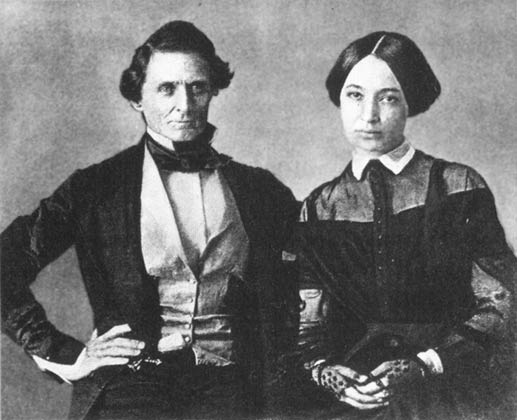
~ Click for larger image ~ |
|
They returned to their Mississippi plantation, the Brierfield at Davis Bend, but their days there were short.

|
Jefferson Davis was elected the President of the Confederate States of America and the Davises moved first to Montgomery, Ala., the temporary capital, and then to Richmond, Va., the permanent capital. There she was pleased to find many of her Southern friends from Washington D.C., including Mary Chesnut.
Varina settled comfortably into her new role as First Lady, and enjoyed much public support and adulation for the first year of the Confederacy. During the second year, however, as living conditions deteriorated and commodities became scarce, people began to speak out and criticize.
Despite the criticism, Varina continued in her support of the troops. She knitted countless articles of clothing for soldiers, donated rugs for blankets and made shoes of the scraps. She spent hours visiting soldiers in the hospitals, although she did not serve as a volunteer nurse at the request of her husband.
As the Civil War drew to a close, Jefferson Davis, president of the Confederate States of America, fled Richmond with his cabinet in early April 1865 and began a trek southward with federal troops in pursuit.
While still weighing the merits of forming a government in exile, Davis was captured by Union soldiers near Irwinville, Ga., in early May 1865 and was indicted for treason against the United States government on May 24.
Whether by accident or design, Davis was wearing his wife's dark gray raglan (a short-sleeved cloak) and black shawl when he was captured. Although one of Davis's own aides was persuaded his chief had indeed disguised himself as a woman to abet his escape, First Lady Varina Howell Davis was incensed at accusations of her husband's cowardice in the Northern press. Her letter to the powerful Montgomery Blair, a friend of earlier years and postmaster general under President Abraham Lincoln, provides a firsthand, detailed account of her husband's capture.
| |
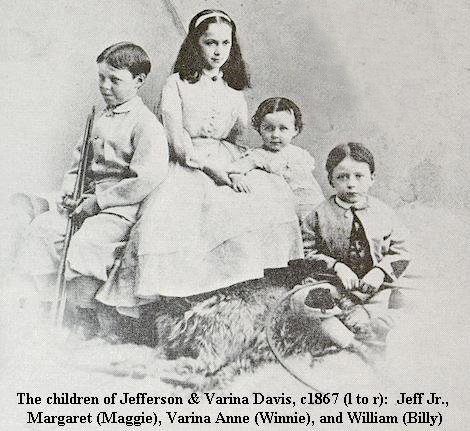 |
|
Following Jefferson Davis's arrest, Varina Davis and the children were sent to Savannah, where she complained of being a virtual prisoner as she was forbidden to leave the city. While she rarely ventured out, the children did.
The soldiers, carpetbaggers and Union supporters treated the children cruelly and Varina constantly worried for their safely. After a former slave leveled a gun at one of them, she arranged for them to go to Canada along with her mother.
~ Click for larger image ~
|
After his capture, Davis was imprisoned in Fort Monroe, Va., until May 1867 when he was released on bail. He was never brought to trial and refused to request a pardon or the restoration of his citizenship. Varina Davis, captured with her husband, was detained as a regional prisoner in Savannah until she was permitted to join Jefferson at Fort Monroe, where she worked to secure his freedom.
Following Jefferson Davis's release, the couple lived apart for long intervals, with Varina spending time in Europe and Memphis, Tenn. After several unsuccessful business ventures, Jefferson Davis retired to Beauvoir, his home near Biloxi, Miss., and began writing his two-volume memoir The Rise and Fall of the Confederate Government, which Varina later helped edit.
~ Click for larger image ~
|
|
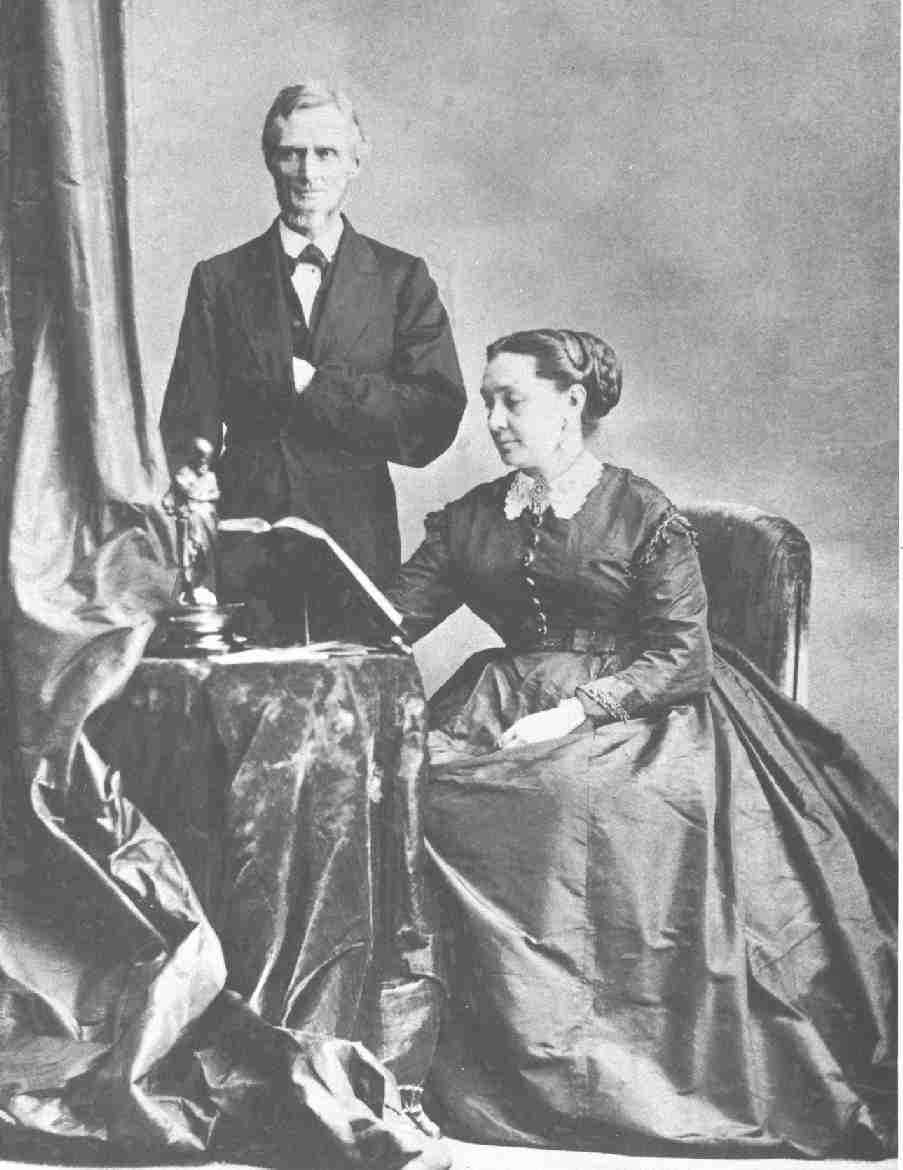 |
|
After her husband's death in 1889, Varina Davis stayed at Beauvoir for a few years but ultimately bequeathed the home to confederate veterans. She moved to New York City, where she worked as a writer. She wrote Jefferson Davis: A Memoir by His Wife (1890). The book sold poorly, but another writing assignment soon followed: a salaried position with Joseph Pulitzer's newspaper Sunday World.
Varina passed away on October 16, 1906 at the age of eighty.
A company of artillery from Governor's Island, New York, escorted her funeral procession through the streets of city, and the New York Camp of the United Confederate Veterans joined the procession. In Richmond, thousands lined the streets that led to Saint Paul's Church. Even though she occupied a privileged position as first lady of the Confederacy, Varina Howell Davis's life reveals how the Civil War caused Southern women to confront personal challenges and tragedies that changed their lives forever.
|
|
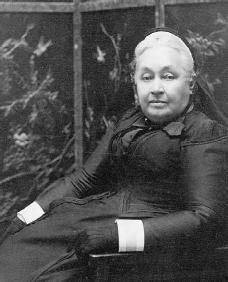 |
|
|
